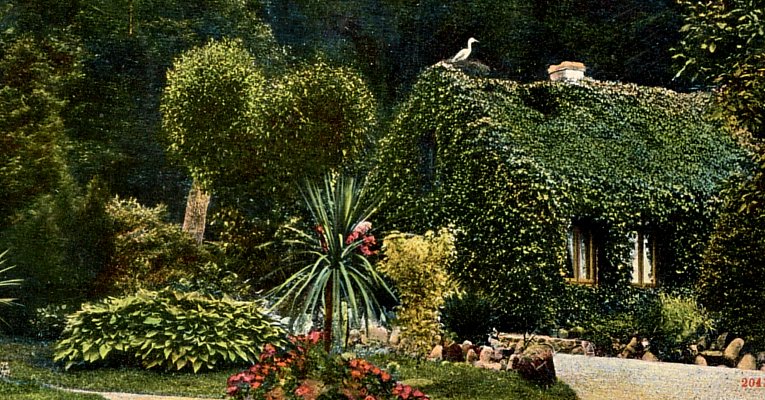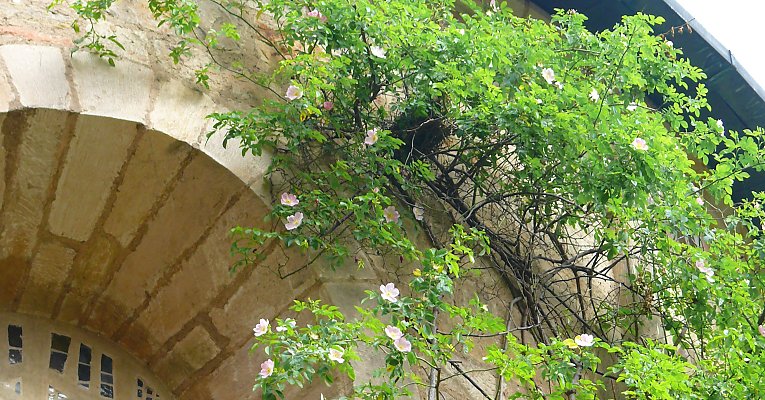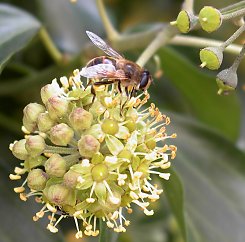Animal Welfare
Green facades provide a biotope and shelter for small animals, promoting ecological diversity; they attract insects, butterflies, birds, etc.. If you are not keen on spiders, mice (yes, they too...) and chirping sparrows coming too close to the windows, you can limit the greenery with suitably arranged trellises.

Temporary Residence and Habitat
A facade greening can serve birds and insects temporarily, or even provide a permanent habitat. These small biotopes are extremely important for many species, especially in heavily developed urban areas / concrete jungles, providing them much-needed refuges. Some bird species (blackbirds for example), beetles, and other little critters like to nest in a wall garden. Spiders do not like to leave the greenery at all and enjoy eating other insect there: if the trellises and climbing plants are at a good distance from the windows, there is no reason for them to reach our homes. The correct placement of trellis systems will keep creatures from the windows.
Wall Gardens as a Food Source
The wall garden serves as a direct food source for birds, what with all those insects and all. You'll find birds flitting there looking for a snack, and you may even find that they've a nest there amidst the trellis. Many climbing plants themselves provide the basis of some creatures' diet: ivy berries are popular with birds, while those of firethorn serve as their winter food. Virginia creeper and ivy feed bees and other foragers, and blooming honeysuckle attracts night lovers (nocturnal insects, etc..) with its enchanting scent.



